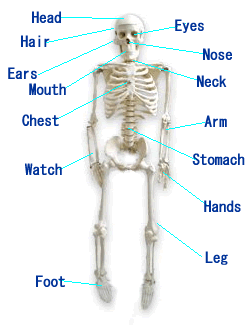
Use body language to your advantage. You can change the way the audience receives you by adjusting a few simple things. Someone who clutches his/her notes in front of them will not appear as confident as someone who gestures appropriately to add emphasis and interest to a speech.
Your posture says a lot about who you are and your attitude at that moment. If you want to appear confident, vital and full of energy then you must stand up straight and avoid slouching. You want to give the impression that you have something important to say and that you are worth listening to. Standing up straight with your shoulders back will also help with your breathing, which in turn will calm your nerves.
Don’t make the mistake of appearing stilted or too contrived. Your delivery needs to be natural and confident. Use your gestures to enhance your message, but don’t overdo it. Your gestures need to be smooth and appropriate to what you are saying. Make sure they don’t detract from the message.
Avoid any habitual behaviour, such as lip biting or hair twirling, this will distract the audience.
TOP TIPS:
The following link gives advice to teachers on how to improve their body language when in front of a class. There is some very useful advice that may assist you in your presentations.
http://honolulu.hawaii.edu/intranet/committees/FacDevCom/guidebk/teachtip/commun-1.htm
The following link is useful for a more detailed look at the significance of non-verbal communication and for more tips on how to improve your use of non-verbal communication.
http://www.coping.org/dialogue/nonverbal.htm
Return to Fred 